Out of all of the reading skills you teach your students during the school year, making inferences is one of the most difficult! This is because you are teaching students to identify something they can’t explicitly find in this text. It requires some critical thinking skills. It also requires the ability to ‘read between the lines’, which is tough to define. If inferencing has given some students in your classroom trouble, the tips below will help your class soar to mastery!
What is inferencing?
When you are making inferences, you are using your schema (background knowledge), and clues from the text to understand something that the author did not explicitly say.
An example might be that a character is really looking forward to a certain event happening in a book. When the character learns that the event is cancelled, the author describes the character looking at his shoes, with his shoulders slumped over. The author did not have to say that the character was disappointed. Instead, the author showed the reader that the character was disappointed, and it is the reader’s job to use these clues to make that inference!
Why is inferencing important?
Unlike so many skills we teach in reading, inferencing does not merely involve citing text evidence. Instead, inferencing takes text evidence one step further by finding clues in the text, and pairing them with your own life experiences to draw conclusions about what the author is trying to say. This requires quite a bit of critical thinking!
When we push our students to think more deeply about the text, and to make some text-to-self connections, it deepens their comprehension of the text. As teachers, our goal for each of our students is to help them grow as much as possible, and to prepare them for the more complex texts that they will encounter in the next grade level. Inferencing pushes students to think more critically about texts, in turn helping them grow!
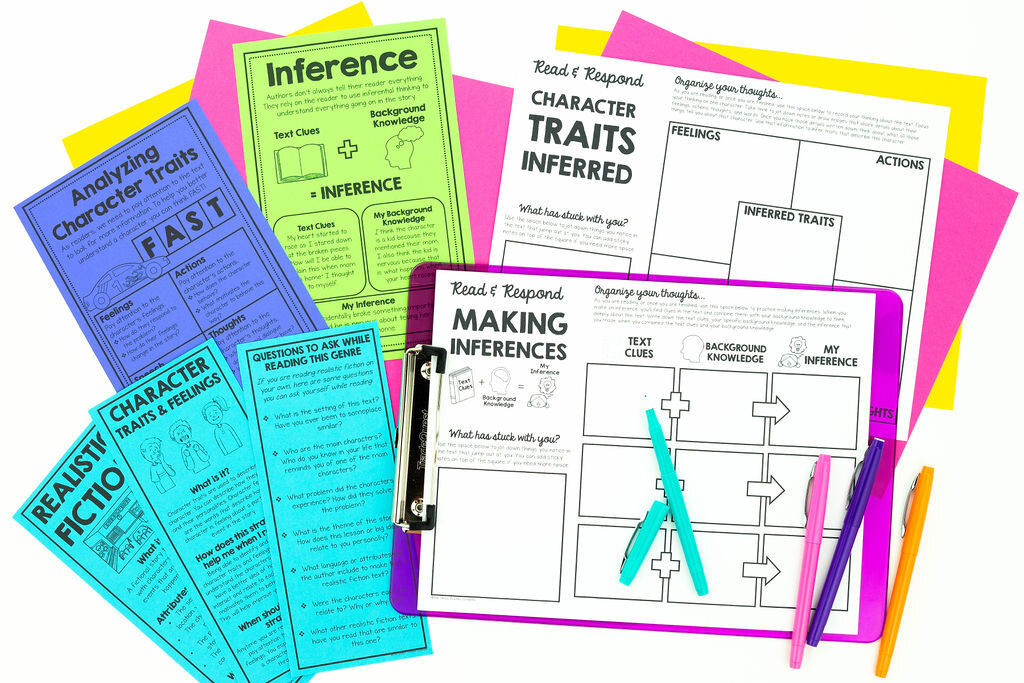
Mentor Texts for Inferencing
I like to begin a new unit on making inferences with a read aloud that perfectly illustrates that skill. Five of my favorites are:
-
The Day the Crayons Quit by Drew Daywalt
-
Frederick by Leo Lionni
-
Two Bad Ants by Chris Van Allsburg
-
Elmer by David McKee
-
The Typewriter (a wordless picture book) by Bill Thomson
Tips for Teaching Inferencing
-
Begin by modeling what it looks like.
The easiest way for many students to grasp how to inference, is by watching you make inferences over and over again. As you are reading aloud your mentor text, pause to create an anchor chart that includes the text clues the author gives, and the inference you made. Be sure to share all of your thinking with your students. This helps boost their metacognition, because they will begin to mimic the thought patterns that you share!
-
Use sticky note templates.
A great way to help students notice the inference they are doing while they read is to use the stop-and-jot method! Sticky note templates are a great way to do this, because they provide more structure than a blank sticky note, but they can be placed on any page where a student notices clues. I like to use sticky notes during small groups, but also have them available for students to use during independent reading.
-
Use graphic organizers.
Graphic organizers are a great way to help students organize their thoughts while learning a new skill. After initially modeling a skill, I pair students up to read another on-level text, and use graphic organizers to make their own inferences. The power of graphic organizers is all of the space that students have to share their thinking. You can see how they are processing a new skill, and collect observational data to use when teaching your small group lessons.
Give students thinking stems.
A great way to reinforce a skill for students, even when they are reading outside of class, is to provide them with skill-specific bookmarks! I use bookmarks that define skills for the students, and include thinking stems for them to consider while they are reading. These thinking stems are questions I also use during whole group and small group lessons. Some great questions to ask students for inferencing lessons are:
-
Why do you think the author included ____ in the text?
-
What do you already know about ____? How does this help you understand the story?
-
What lesson do you think the author wants you to learn from this text?
-
Why did the character behave that way?
-
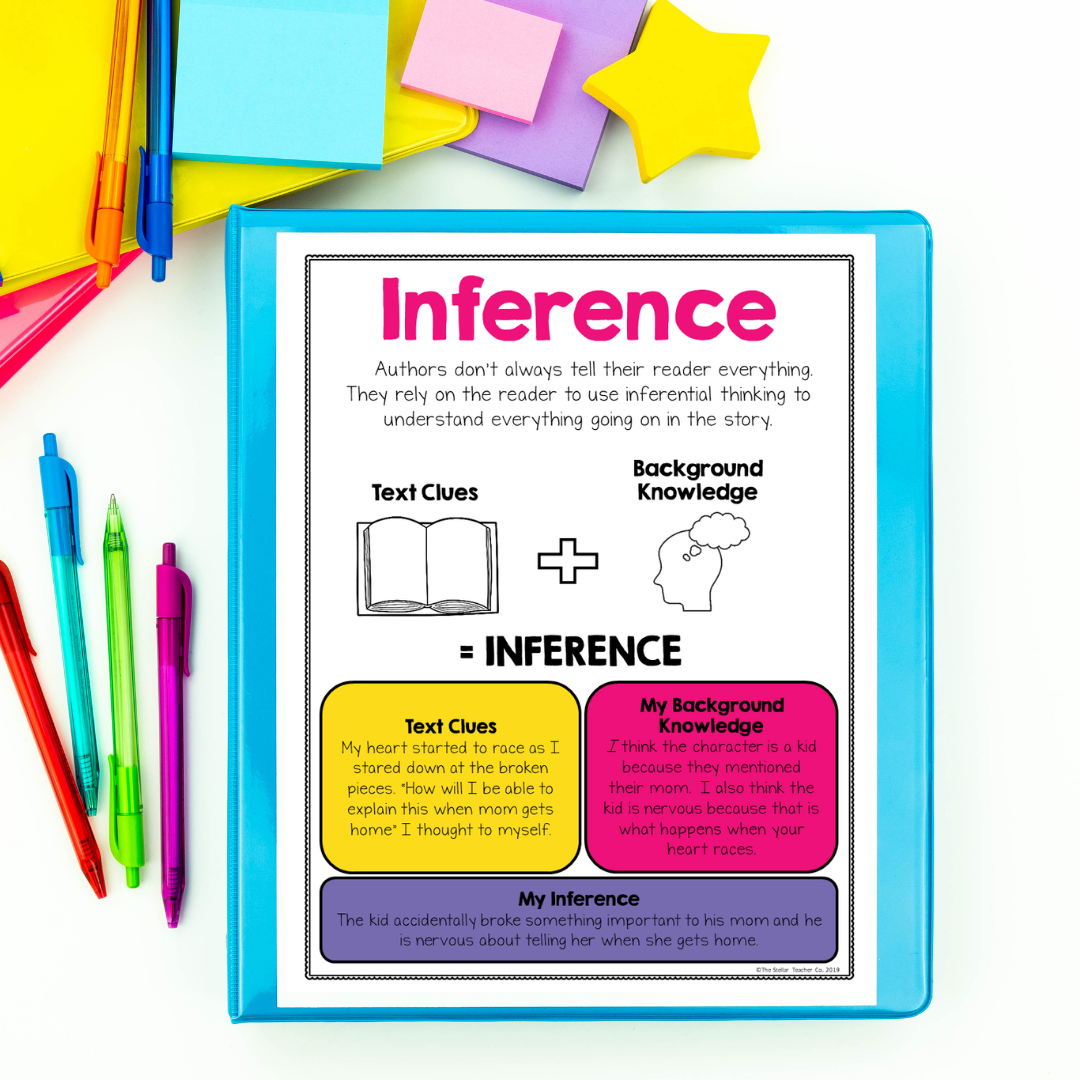
Using these ideas, your students will have more success with making inferences in texts! You can find the materials I use in my own classroom in this bundle HERE. You can read about how I teach other reading skills in my classroom by visiting my blog!
Happy Teaching!
Sentence Writing Routine Free Sample
If your students struggle to write at the sentence level, this new literacy routine is going to be your new best friend. Each day of the week your students will engage in a quick (yet effective) sentence writing task that will help them become more confident and creative writers. Say goodbye to fragments and boring sentences, and say hello to complex sentences with lots of details!
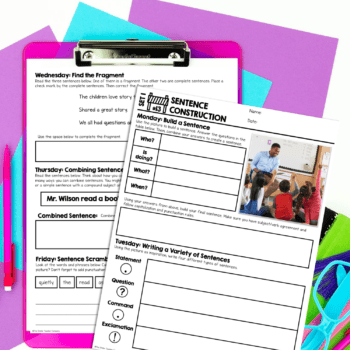
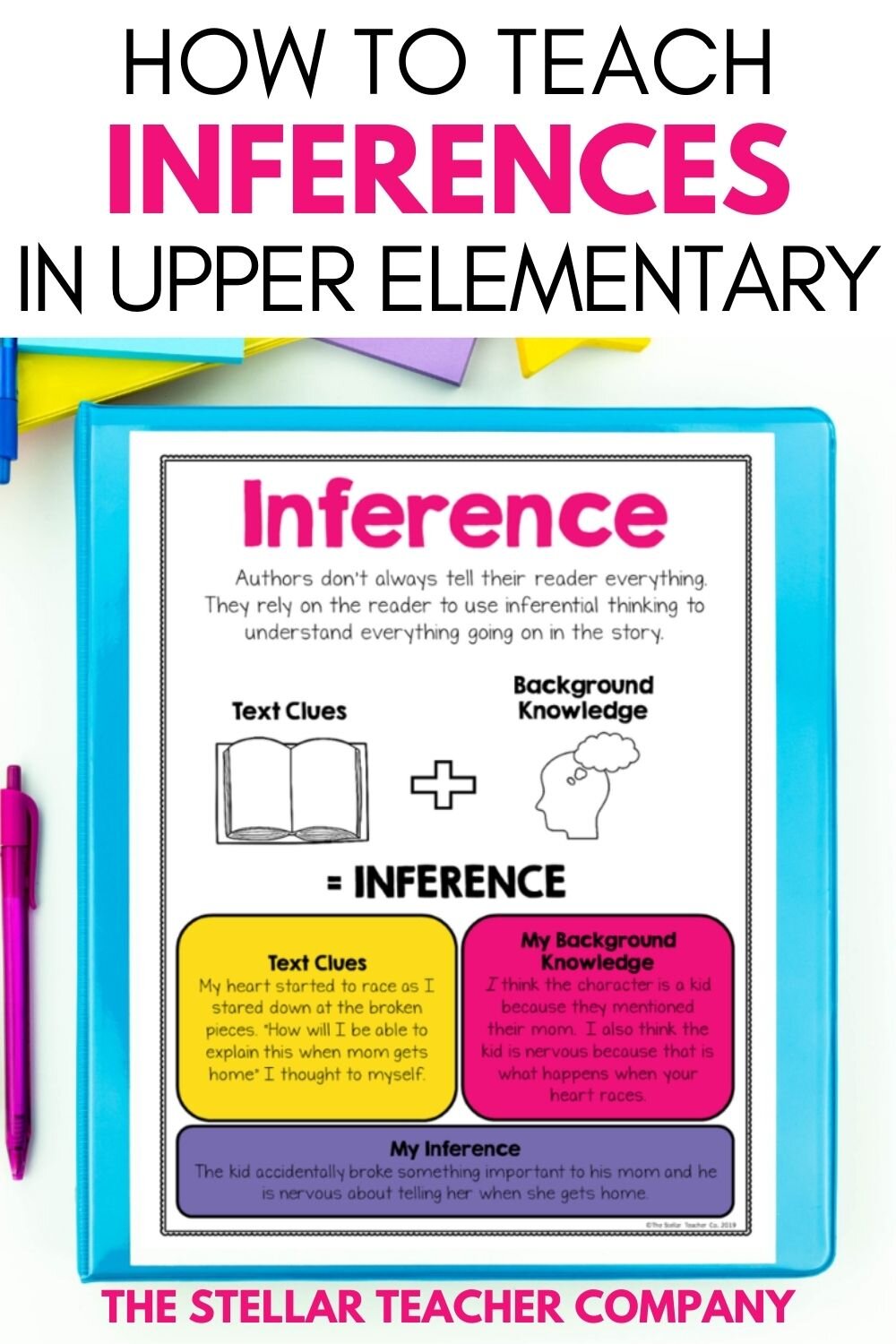



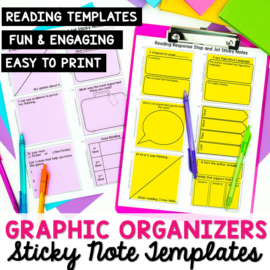

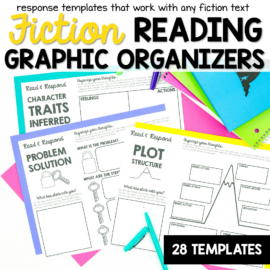
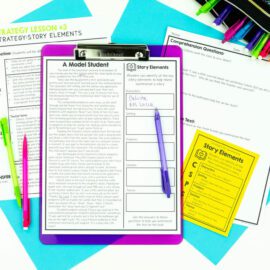

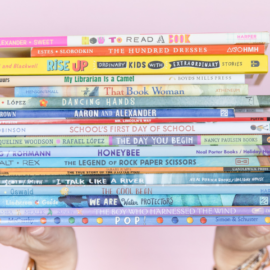


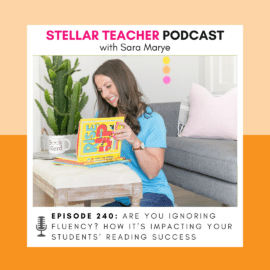
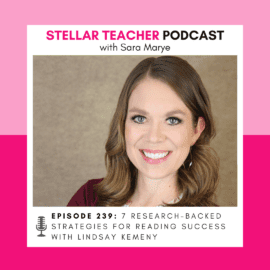

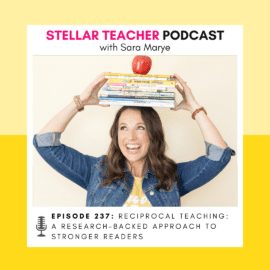



Leave a Comment
You must be logged in to post a comment.